I don't know much about art but one thing I'm sure of is that my daughter can draw. How proud Momma I am when I saw her drawing. Like, I can only draw a stick man. Until now!
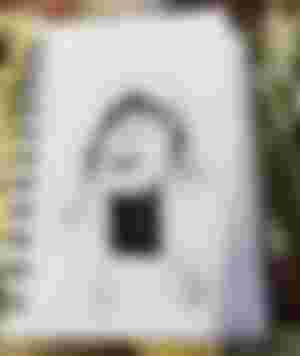
And look at that! We got a few excess fingers and toes but it doesn't matter. 🙈
Not just that one but she draw a lot more of her. She said that's her! And they all cute she said.
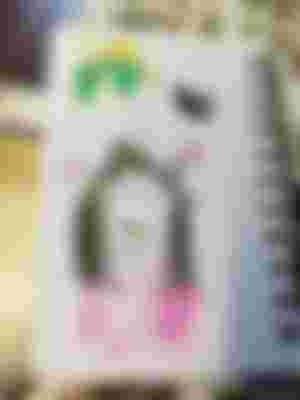
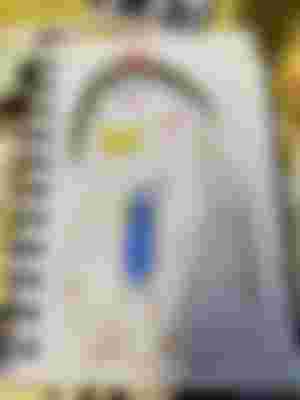
Every day at 5 p.m. while doing homework with my son, my daughter Tia (4 years old) will always ask me if she can do homework too. She doesn't get homework yet as she's only in P1. So every day during homework time, she does her artwork. I always give her a notebook, pens and crayons and let her do whatever she wants. And those were her drawing yesterday.
The first artwork she brought from school is this one. That's Mommy she said but when she shows it to her granny she told her, that's her too! 😂
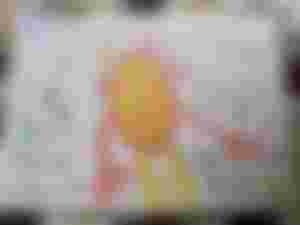
And she draws granny as well. She even makes her a nice jumper with all the buttons and designs on it. Oh and Lola's short hair!
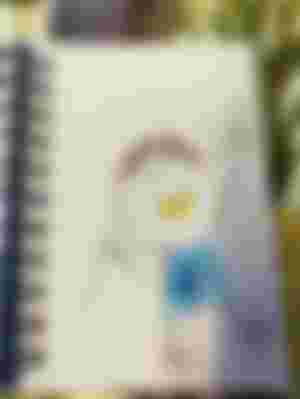
Kids are naturally creative I would say. Just give them a space to work at and they can turn a clean sheet into art. Just remember to give them a paper or else your walls will be their canvass. Or Daddy's legs good enough?
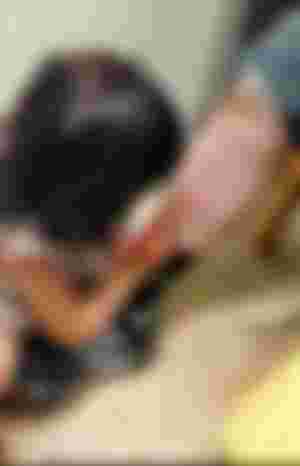
I read about how other people get to know a child and his/her inner personality by interpreting their drawings. It's because children sometimes cannot express themselves in words and they draw to express their emotions. We can tell their joys and fears, a window to their personality. But you can't just read your child's art or drawing for most of the time it's just a fun playtime for them, especially at a very young age. But still, we should pay attention and ask them what they draw and from then you will get some information. I know some cases of children being saved after seeing their drawing. So pay attention to your children's drawing.
There are Three Stages of Children's Drawing Development: Scribbling, Pre-Schematic, and Schematic stages.
Scribbling (2-4 years old)
They said that at this stage, their drawings are mostly just marks and there's no realism in it. But sometimes they can create something called "fortuitous realism" which means that it might seem like there's nothing in the drawing but those scribbles resemble something if you look carefully on the shapes it created. Maybe a car, or house perhaps.

Pre-Schematic (4-7 years old)
At this stage, they said children try to draw things they see with their eyes. Just like what Tia draw, her face. Those simple things like cars, house, dog or teddy bear. Still, there are no real details in this stage but at the end, children will start to add certain details that set their ideas apart. Just like how Tia add more details on her Granny's drawing.

Schematic (7+ years old)
In this stage children's drawing reveals more information. There are more realistic details into it. For example, a drawing of the night sky might include stars and moon or if on the beach, there would be sea creatures and people on their swimwear. They also add words and symbols to explain the message of their drawing. There is more depth into this stage.
How to Interpret Children's Drawings
I know as a parent we don't pay attention to the meaning behind it as most of the time we already knew what's the drawing all about. Most of the time it's just a fun activity of lines and colours. But some hopes to find meaning in a child’s drawings. Sometimes drawings are just drawings. But sometimes stories are hiding behind it. As they say, it is really important to not to read too much into a drawing but instead ask them directly what it's all about. Treat their drawing as their revelation of themselves. How do they think and feel?
General Rules
You know your children so you can put your thoughts on interpreting their drawing.
Gender and colour preference. There are some differences in how boys and girls draw. Dominant or demanding child use darker colours. Girls love to use warmer colour like pink and usually draw hearts or flowers. While boys love cooler colours like blue and usually draw cars or trucks.
Colour meaning
Green - the child is more creative
Yellow - happiness
Red - the colour of excitement
The position on the page matters. They say that drawings that are put on the left side mean that the child is looking to the past and nurturing presence while looking at the future a need of attention /communication if it's on the right side. And the drawings that are at the bottom of the page means of children's feeling of inadequacy or insecurity.
The size matters when drawing figures. They say that those larger figures in the drawing are the more dominant personalities. Figures without arms mean that they are non-aggressive and those with exaggerated hands might mean they are the aggressive ones. And if the child draws tiny feet it might mean that he or she is feeling off balance or unstable.
Please keep in mind that these are just general observations about kids' artwork meaning it might not reveal anything particular about your child. And the best way to interpret your child's drawing is by asking your child what it is their drawing about but don't put pressure just simply ask what they think.
Based on Tia's work alone, I knew she loves pink and she knows her hair is black and that she got a fringe. It's just nice to see she added some details even draw hearts and her new stuffed toy dog named Snowy. And I'm just a proud Momma that she can draw better than me. 😂
Thank you so much for reading.
Reference:
https://www.newkidscenter.org/Interpreting-Children's-Drawings.html
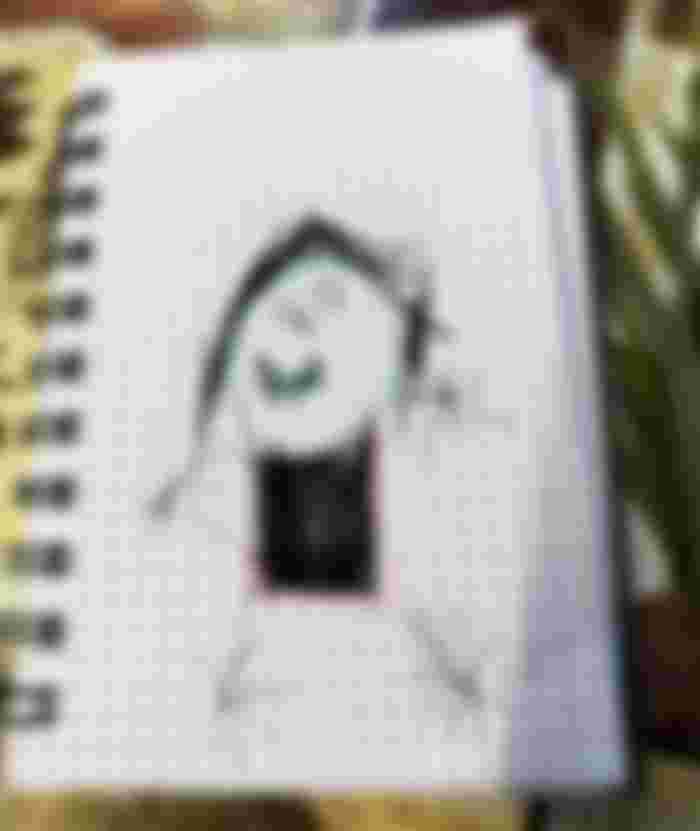

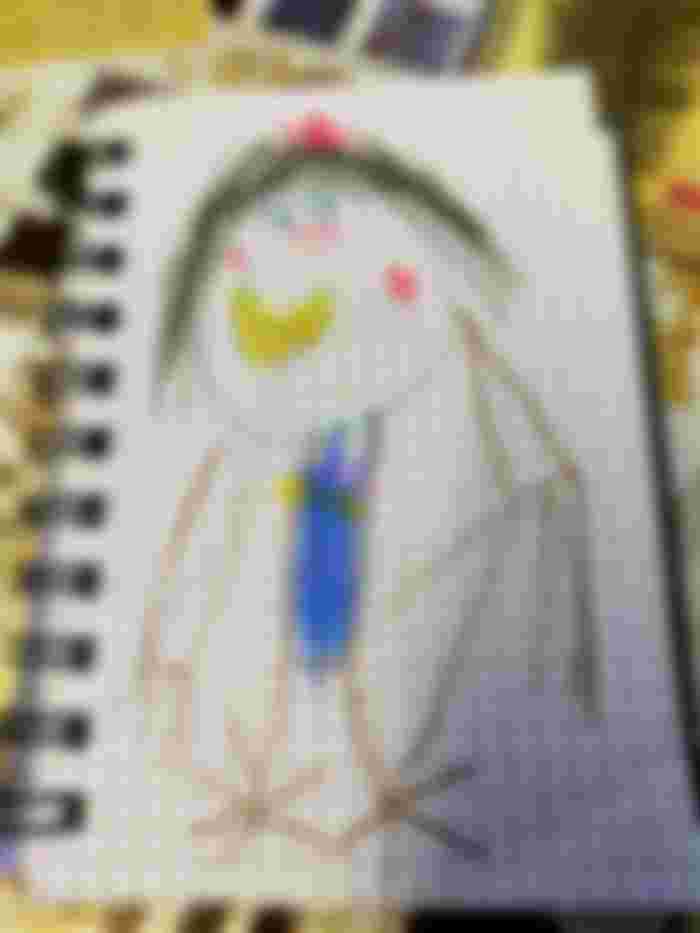
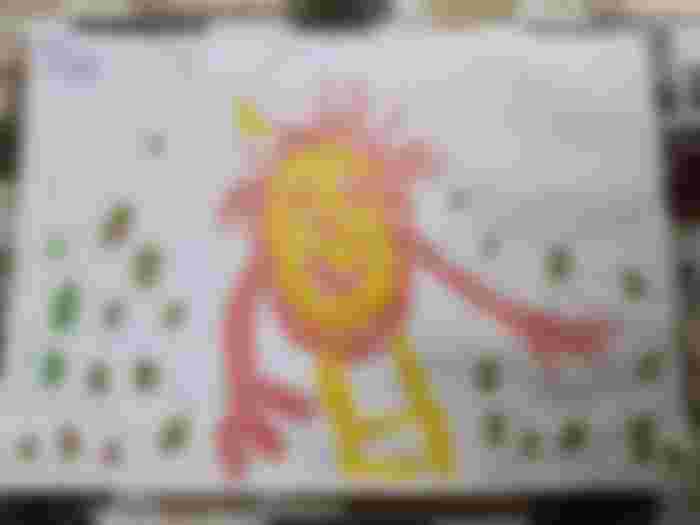
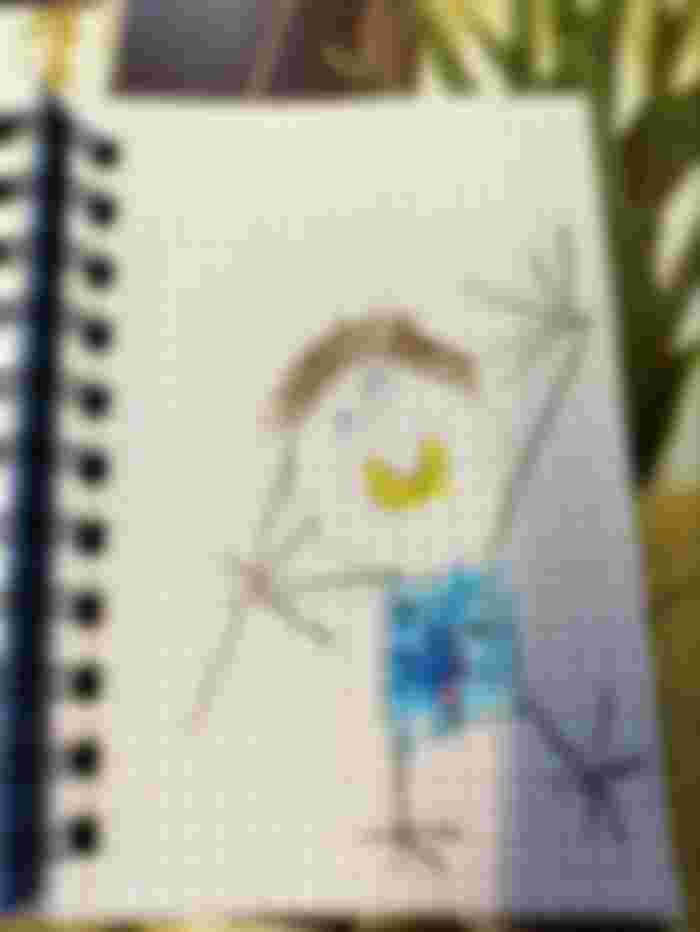
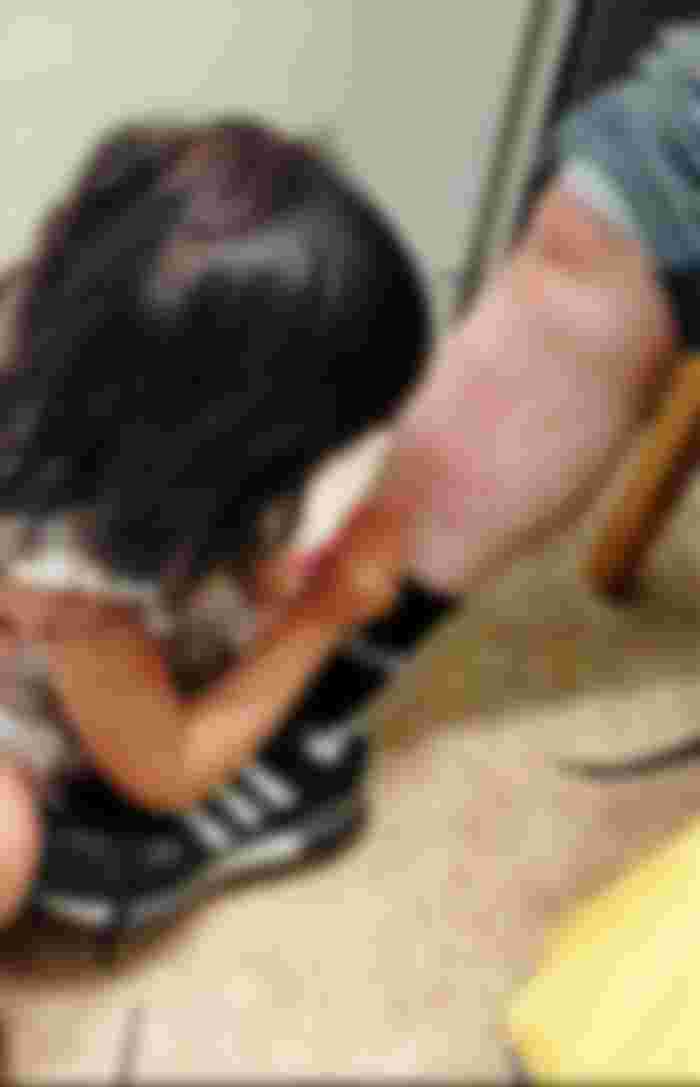
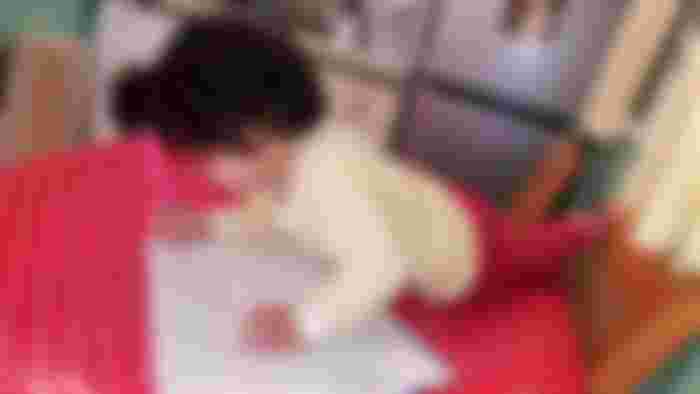
Hey there! I just want to say thanks! This post encouraged me to write about my newborn and all the love they've brought into my world.
A Newborn's Smile: https://read.cash/@lagrapefruit/a-newborns-smile-79e69492
I was caught by surprise when I saw your little one was writing on her dad's leg. 😂😂😂 So true!